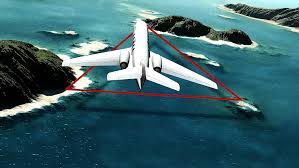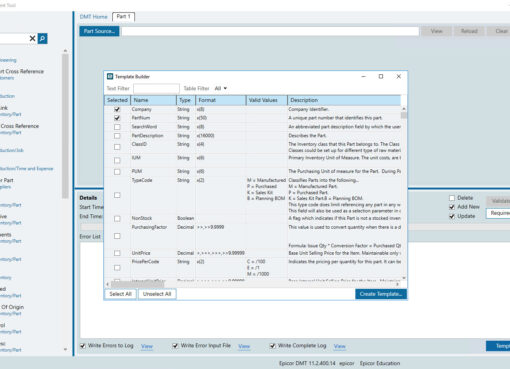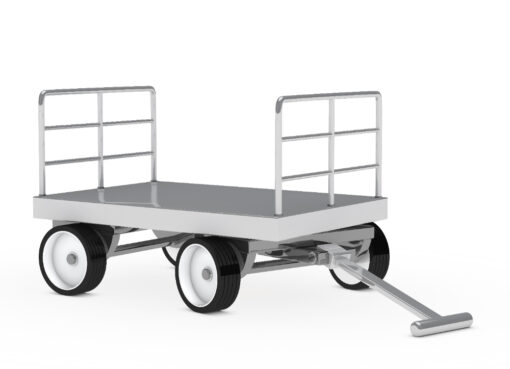Ports of Pakistan: Gateways to Maritime Trade and Economic Growth

Pakistan, a country with a coastline stretching over 1,046 kilometers along the Arabian Sea, holds significant maritime importance in South Asia. The country’s ports serve as vital gateways for trade, connecting Pakistan with international markets, facilitating imports and exports, and contributing substantially to its economy. With growing global trade and China’s Belt and Road Initiative boosting regional connectivity, ports in Pakistan have become even more strategic. This blog explores the major ports of Pakistan, their roles, capacities, developments, and future potential.
1. Karachi Port: The Economic Lifeline
Location: Karachi, Sindh
Established: 1887
Port Authority: Karachi Port Trust (KPT)
Karachi Port is the oldest and busiest seaport in Pakistan. Situated in the heart of Karachi—the country’s largest city and financial hub—this port handles over 60% of Pakistan’s cargo. With its two wharves, East and West, Karachi Port offers modern cargo handling facilities including container terminals, bulk cargo handling, oil terminals, and passenger services.
Key Features:
-
Over 30 berths for handling various cargo types.
-
Two container terminals: Karachi International Container Terminal (KICT) and Pakistan International Container Terminal (PICT).
-
Annual cargo handling capacity exceeds 50 million tons.
-
Equipped with modern ship-handling equipment and deep-water berths.
Karachi Port is strategically important not only for Pakistan’s economy but also for regional trade. Its proximity to landlocked Central Asian states and western China makes it a potential hub for transshipment.
2. Port Qasim: Industrial and Bulk Handling Powerhouse
Location: 35 km southeast of Karachi
Established: 1973
Port Authority: Port Qasim Authority (PQA)
Port Qasim was developed to reduce the load on Karachi Port and to facilitate industrial development. Today, it is Pakistan’s second busiest port and handles about 35% of the country’s maritime trade. The port is situated within an industrial zone that includes power plants, steel mills, and manufacturing units.
Key Features:
-
Handles bulk cargo such as coal, cement, grains, oil, and LNG.
-
Port Qasim has a Liquid Cargo Terminal, LNG Terminal, and a dedicated terminal for coal.
-
Contains the Pakistan Steel Mills jetty and many private terminals.
-
Equipped to handle ships up to 75,000 DWT (Deadweight tonnage).
The port plays a vital role in supporting Pakistan’s energy and industrial sectors, especially through its LNG terminal, which caters to the country’s gas demands.
3. Gwadar Port: The Future Trade Hub of South Asia
Location: Gwadar, Balochistan
Developed By: China (China Overseas Port Holding Company)
Operational Since: 2007
Gwadar Port is the crown jewel of the China-Pakistan Economic Corridor (CPEC). Located near the Strait of Hormuz—one of the world’s most important oil chokepoints—Gwadar has immense geostrategic importance. The port is designed to become a major transshipment and logistics hub, linking western China and Central Asia to the Arabian Sea.
Key Features:
-
Natural deep-sea port with a depth of over 18 meters.
-
Three multipurpose berths currently operational; expansion planned.
-
Part of CPEC with planned connectivity via road and rail to Kashgar, China.
-
Planned Free Trade Zone and Special Economic Zones (SEZs) adjacent to the port.
Though currently underdeveloped compared to Karachi and Port Qasim, Gwadar is expected to play a key role in transforming Pakistan into a regional trade hub.
4. Other Notable Ports and Harbors
While Karachi, Port Qasim, and Gwadar are the main commercial ports, Pakistan also has smaller ports that serve regional and local needs:
Pasni Port (Balochistan):
A medium-sized port located between Gwadar and Ormara, Pasni is primarily used by fishing boats and small cargo vessels. The government plans to develop it further for commercial use.
Ormara Port (Balochistan):
Home to Pakistan Navy’s Jinnah Naval Base, Ormara has strategic importance but limited commercial activity. It may see development in the future due to its proximity to Gwadar.
Keti Bunder (Sindh):
An underdeveloped fishing port, with proposals to upgrade it into a commercial port, especially for agricultural exports from interior Sindh.
5. Challenges Facing Pakistan’s Ports
Despite their importance, Pakistani ports face several challenges:
-
Siltation and Maintenance: Karachi Port and Port Qasim often require dredging to maintain adequate depth.
-
Congestion: Especially at Karachi Port due to high traffic and limited expansion space.
-
Lack of Modern Infrastructure: Gwadar still lacks complete road and rail connectivity.
-
Security Concerns: Especially in Balochistan, where security remains a concern for foreign investors.
-
Customs and Bureaucracy: Inefficient customs processes and corruption have also hampered efficiency.
6. Government Initiatives and Future Development
The government of Pakistan, in collaboration with international partners—especially China—is investing heavily in port development under CPEC. Key future plans include:
-
Expansion of Gwadar Port: Including additional terminals, oil refinery, and rail links.
-
Development of Special Economic Zones (SEZs) near Gwadar and Port Qasim.
-
Port Digitalization: Introduction of port community systems to streamline logistics.
-
Maritime Security Enhancements: Strengthening of the Pakistan Maritime Security Agency (PMSA) and coastal surveillance.
Conclusion
Ports of Pakistan are not just infrastructure assets; they are lifelines of the country’s economy and key to its strategic future. Karachi and Port Qasim continue to shoulder the bulk of trade, while Gwadar represents a bold leap toward regional connectivity and economic integration. As global trade patterns shift and new alliances form, Pakistan’s maritime sector must rise to meet the demands of the future through investment, modernization, and regional cooperation. If managed efficiently, Pakistan’s ports could become powerful engines for sustainable growth and prosperity, not just for the country but for the broader South and Central Asian region.






Leave a Comment